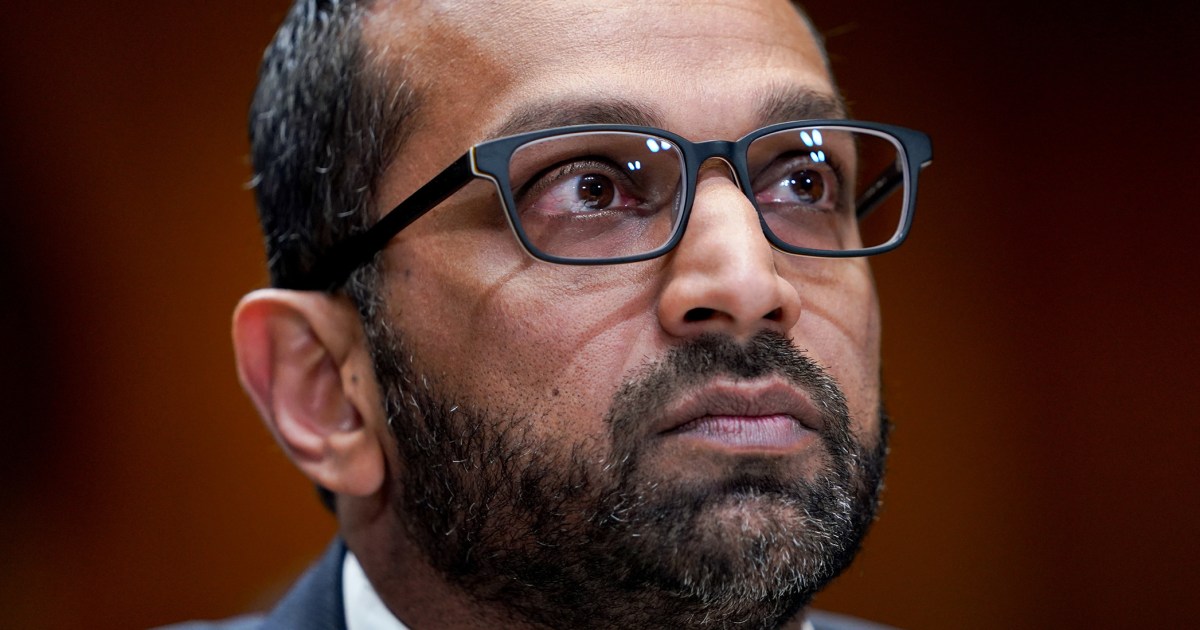Elected officials representing Denver celebrated the Broncos’ announcement Tuesday of a preferred stadium site in the city, emphasizing the team owners’ promise that taxes won’t be raised to build in Burnham Yard.
While the team has committed to a funding framework that doesn’t include new tax dollars, the project may still receive some public investment by tapping into existing property or sales taxes. That’s because the city is considering a type of subsidy called tax-increment financing to aid the former rail yard’s redevelopment.
“I think it’s going to have to be a consideration. That land is not ready for streets and buildings,” said Denver City Councilwoman Jamie Torres, who represents the Burnham Yard area. “It is about: Is it the highest and best use of tax dollars?”
U.S. Sen. John Hickenlooper, who was the mayor of Denver from 2003 to 2011, also cheered the decision and emphasized the financing plan in an emailed statement.
“Colorado is Broncos Country. A new Broncos’ stadium in Burnham Yard will deliver a world class experience for fans and drive economic growth in the community — all without any new taxes,” he said.
Everything you need to know about the new Broncos stadium planned at Burnham Yard
To authorize TIF funding, the city would have to conduct a study to determine if the area could be considered “blighted,” which is necessary for the project to be eligible, Torres said. That type of financing essentially diverts the growth in taxes that comes after redevelopment so it can be invested in ways that support the project.
State Sen. Julie Gonzales, who represents Denver in the statehouse, pointed to the team’s commitment to a community benefits agreement as a win. Gonzales passed an amendment on a 2022 bill that required any sale agreement of land in the state-owned Burnham Yard to include input from registered neighborhood organizations nearby.
“I am glad that the Broncos recognize the importance of that engagement with the community,” she wrote on the social media platform Bluesky.
Broncos name Burnham Yard preferred site for new stadium development
Torres expects that agreement to be “a really meaty part” of the discussions with the Broncos — and she has already begun meeting with leaders in the community to prepare for the negotiations.
She will focus on ways to prevent displacement of nearby residents and business owners, she said.
“I’m not rushing my community through something because we’re trying to hit a deadline,” she said. “I want the process to be as diligent and as necessary as things need to be.”
In coming years, the council will have at least four things to vote on related to the deal, including a small-area plan, rezoning the land, the creation of a metropolitan district and a development agreement. The council also will have to consider any tax-increment financing deal.
Torres said she will require a community benefits agreement to be complete before the council votes on those items, though.
How a TIF subsidy for stadium might work
Denver city officials are set to consider granting approval for the Broncos to use tax-increment financing — which is essentially a tax break or subsidy — to support the team’s new stadium in Burnham Yard. The financing tool, sometimes called TIF, essentially allows developers to freeze how much is paid in property or sales taxes at a base level for up to 25 years, and then reinvest what would be paid above that back into certain elements of their projects.
Critics say TIF districts prevent a city from fully financially benefiting from major developments as they grow in popularity and value, generating more tax revenue over time.
Typically, the tool is meant to incentivize construction in areas of disrepair or contamination that otherwise would be too costly for anyone to develop. The Denver Urban Renewal Authority negotiates TIFs as part of urban renewal plans, then presents those plans to the Denver Planning Board and the City Council for final approval.
Tracy Huggins, the executive director of DURA, said Tuesday that she was looking forward to exploring how TIF could help support the Broncos’ project.
“Long identified as a priority site for urban renewal, this project presents a once-in-a-generation opportunity to address critical infrastructure needs, environmental remediation and public improvements in the heart of the city,” she said in a statement. Those are among the types of costs typically covered by tax revenue diverted in a TIF agreement.
— Elliott Wenzler
Stay up-to-date with Colorado Politics by signing up for our weekly newsletter, The Spot.
Originally Published:
Source link

